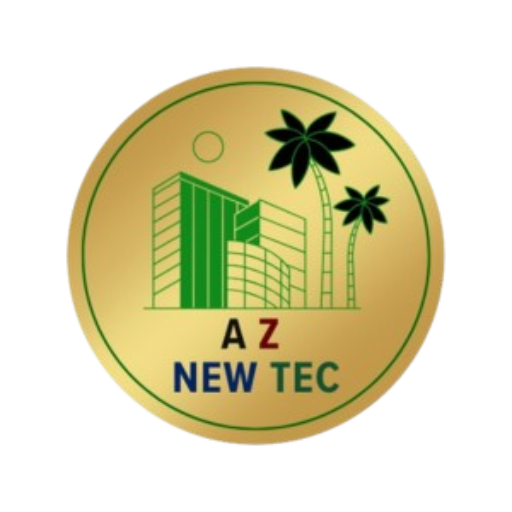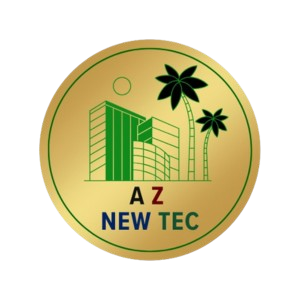Introduction
In the modern Gulf economy—where innovation meets tradition—digital visibility is a game changer. From Dubai’s skyscrapers to Riyadh’s tech parks, business is booming, but competition is fierce. If your website isn’t showing up on Google in both Arabic and English, you’re missing out on a huge portion of your market.
In this guide, we explore how Arabic + English SEO can help your Gulf-based business double its online reach, increase traffic, attract customers from multiple regions, and drive real revenue.
Table of Contents
- Why SEO Matters for Gulf Businesses
- The Gulf Digital Audience: Arabic & English Speakers
- What Is Bilingual SEO?
- Arabic SEO: Unique Strategies and Challenges
- English SEO: Global Best Practices
- Benefits of Combining Arabic + English SEO
- Local SEO in the GCC: Get Found by Nearby Customers
- Technical SEO for Multilingual Sites
- Cultural Relevance in Content Strategy
- Common SEO Mistakes to Avoid in the GCC
- Tracking Success: Tools and Metrics
- Final Tips for Long-Term Success
- Conclusion
1. Why SEO Matters for Gulf Businesses
The Gulf Cooperation Council (GCC) is a fast-growing region with digital penetration above 95%. With millions of users relying on search engines to find products, services, and information, SEO isn’t optional anymore—it’s essential.
Statistics That Prove the Point:
- Over 90% of UAE users search in both Arabic and English.
- 70% of Gulf consumers trust Google search results more than ads.
- Businesses with localized SEO see 2x more website visits in KSA and UAE.
2. The Gulf Digital Audience: Arabic & English Speakers
Understanding your audience is the first step.
- Arabic speakers prefer culturally relevant, right-to-left (RTL) content.
- English speakers may include expats, tourists, or international investors.
📌 To win in the Gulf, your website must speak both languages fluently—literally and digitally.

💧 Even highly specialized products like the Biodynamizer — a natural water purification system — can benefit greatly from Arabic + English SEO strategies. In our experience, making such content accessible in both languages increases trust and interest, especially in Gulf markets where environmental awareness is growing. [Learn more about the Biodynamizer here].
3. What Is Bilingual SEO?
Bilingual SEO means optimizing your website for more than one language. In the Gulf context, this means building a site structure and content strategy that serves both Arabic and English users with equal quality and relevance.
Key Aspects:
- Dual-language content
- Proper language tags (hreflang)
- Arabic-friendly URL structure
- Separate sitemaps or sections for each language
4. Arabic SEO: Unique Strategies and Challenges
Arabic SEO isn’t a simple translation game.
Challenges:
- Arabic script and RTL design
- Complex plural forms and synonyms
- Lack of Arabic content online (low competition = high opportunity)
Tips:
- Use Modern Standard Arabic (MSA) for broad reach.
- Optimize for local Arabic keywords (e.g., “محل قهوة في دبي”).
- Don’t rely on Google Translate—use native speakers or professionals.
🌍 Our team has successfully applied Arabic + English SEO strategies to promote real estate opportunities in France and other parts of Europe.
Curious to explore European investment options? [Click here to learn more].
5. English SEO: Global Best Practices
English SEO should follow international standards but adapted to the Gulf market.
Top Practices:
- Focus on long-tail keywords with Gulf relevance (e.g., “business setup in Abu Dhabi”).
- Ensure mobile optimization (Gulf has high mobile usage).
- Build backlinks from regional English-language media and blogs.
6. Benefits of Combining Arabic + English SEO
Combining both languages can double or triple your reach.
Core Benefits:
- Access to 100% of Gulf online users, not just one segment.
- Higher trust and conversion rates by communicating in the users’ native language.
- Boost visibility on both Arabic and English versions of Google, Bing, and even local directories.
7. Local SEO in the GCC: Get Found by Nearby Customers
If you run a physical business, Local SEO is gold.
Key Steps:
- Set up Google Business Profile in Arabic and English.
- Add local schema markup with both language tags.
- Get listed in local directories (UAE Yellow Pages, Saudi Local, etc.).
- Encourage bilingual reviews on Google and social platforms.

🐾 Even educational content, such as our eBook “Practical Animal Energy Healing”, can gain international visibility through bilingual SEO. By optimizing in English and making it accessible for Arabic speakers, we expanded our reach to holistic pet owners across the Gulf region. [Download the free eBook here].
8. Technical SEO for Multilingual Sites
Without a proper technical setup, your bilingual content might hurt you.
Must-Have Settings:
- Use hreflang tags to tell Google which language is for whom.
- Separate URLs: e.g.,
domain.com/en/anddomain.com/ar/ - Avoid automatic redirection based on IP (hurts SEO).
Also, your site should load fast in both English and Arabic versions, especially in mobile-first markets like the UAE and KSA.
9. Cultural Relevance in Content Strategy
SEO isn’t just about keywords in the Gulf; culture and tone matter.
Arabic Content Strategy:
- Use a respectful, formal tone (especially in KSA).
- Include religious or national context if appropriate.
- Align content with holidays like Ramadan, Eid, or National Day.
English Content Strategy:
- Focus on business, lifestyle, expat community, and global trends.
- Use Gulf-specific slang when targeting younger audiences (e.g., “Khaleeji brands”).

🌟 Books and resources related to personal growth — like our eBook “Embrace Happiness” — also benefit from bilingual SEO strategies. By offering the content in English and making it accessible to Arabic-speaking readers, we’ve reached a broader Gulf audience seeking wellness and mindfulness. [Get your free copy here].
10. Common SEO Mistakes to Avoid in the GCC
🚫 Using auto-translations
🚫 Ignoring Arabic SEO completely
🚫 Same content for both languages (duplicate penalty risk)
🚫 No mobile optimization
🚫 No local keywords
11. Tracking Success: Tools and Metrics
Track performance separately for each language to refine your strategy.
Top Tools:
- Google Analytics 4 with custom language segments
- Search Console for Arabic and English separately
- Semrush or Ahrefs for keyword tracking
- Hotjar for user behavior insights by language
KPIs:
- Traffic per language
- Bounce rate (language-specific)
- Keyword rankings in Arabic and English
- Conversion rates by language
12. Final Tips for Long-Term Success
✔ Keep adding fresh, bilingual content
✔ Update meta tags and schema in both languages
✔ Build backlinks from Arabic and English Gulf websites
✔ Work with bilingual SEO experts or agencies
✔ Stay updated with Google’s regional algorithm updates
13. Conclusion
The Gulf is a unique digital ecosystem—diverse in language, culture, and buying behavior. By mastering Arabic + English SEO, you don’t just increase traffic—you build bridges between your brand and two distinct audiences. Whether you’re running a café in Doha, a real estate company in Dubai, or a fashion store in Riyadh, this dual strategy can elevate your business above the competition.
🖥️ Choosing a reliable hosting provider is essential for SEO success, especially when targeting both Arabic and English audiences. We personally use and recommend Hostinger for its speed, multilingual support, and affordability. [Get started with Hostinger here].



